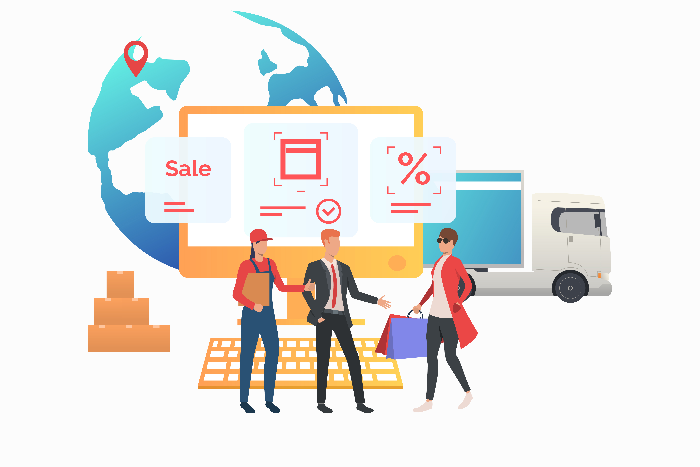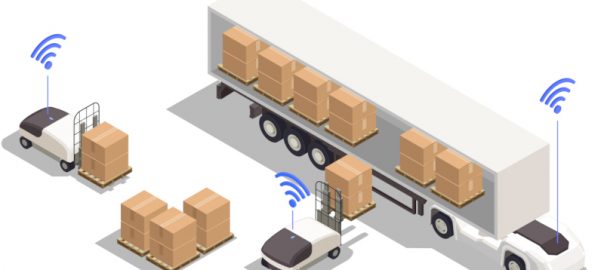What is Demand Forecasting?
Demand forecasting in logistics is the process of predicting future customer demand for a product or service. It uses past sales data, market trends, and other relevant information to make informed estimates. Businesses use demand forecasting to plan production, manage inventory, and make smarter decisions. Accurate forecasting helps reduce waste, meet customer needs on time, and improve overall efficiency.
The Importance of Demand Forecasting in Logistics and Supply Chain
Demand forecasting is the backbone of logistics, ensuring that businesses stay ahead of market trends and customer demands. It’s a strategic process that involves analyzing historical data, market dynamics, and future projections to predict inventory needs, optimize resource allocation, and enhance overall operational efficiency. In this blog, we’ll explore the critical role of predictive analytics in demand forecasting for logistics. By harnessing the power of data and advanced analytics techniques, companies can gain actionable insights, mitigate risks, and seize opportunities in today’s competitive logistics landscape. Continue reading Demand Forecasting in Logistics

